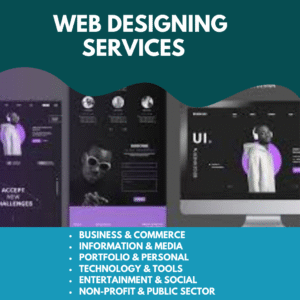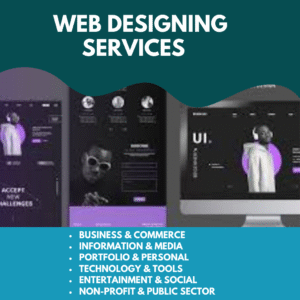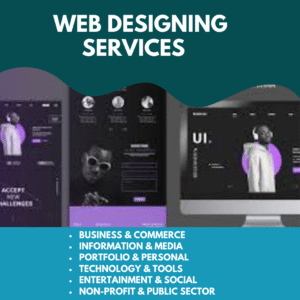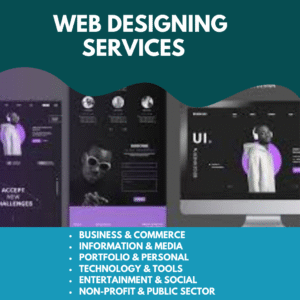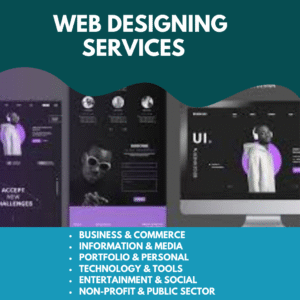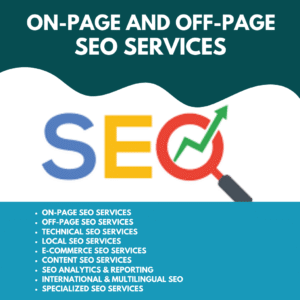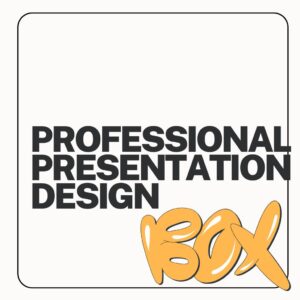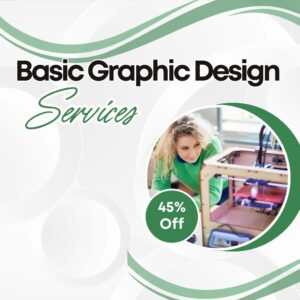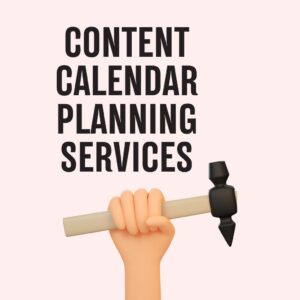Professional Presentation Design: Crafting Visual Stories That Inspire and Persuade
Introduction: Why Presentation Design Matters
In today’s fast-paced digital landscape, a well-designed presentation can make the difference between winning an audience and losing their attention. Whether you’re pitching to investors, closing a sales deal, or presenting at a high-profile conference, the quality of your slides reflects the quality of your brand.
Professional presentation design is no longer just about slides; it’s about creating an immersive visual story that blends strategy, design, and communication. It transforms your message into a compelling experience that informs, inspires, and motivates action.
1. The Power of Professional Presentation Design
The days of cluttered slides with endless bullet points are gone. Today’s audience expects clear, visually appealing, and strategically designed presentations that:
-
Capture attention in the first few seconds.
-
Deliver complex information in an easy-to-understand way.
-
Build credibility and professionalism.
-
Inspire confidence and drive decisions.
From startups pitching for funding to Fortune 500 executives delivering keynotes, the impact of great design cannot be overstated.
2. The Core Principles of Effective Presentation Design
A successful presentation combines aesthetics, clarity, and storytelling. Professional designers focus on these principles:
a) Visual Hierarchy
Good design guides the audience’s eyes to what matters most, balancing fonts, colors, and layouts to create clarity and flow.
b) Consistency
A cohesive design with unified typography, color schemes, and branding elements builds trust and strengthens your brand identity.
c) Simplicity
Less is more. Clean slides avoid overwhelming the audience and keep the focus on the message.
d) Storytelling
Facts and figures are powerful, but stories create emotional connections. Every great presentation tells a story that audiences remember.
e) Balance Between Text and Visuals
High-quality images, icons, and data visualizations amplify messages without distracting from the content.
3. The Benefits of Hiring Professional Designers
Many businesses rely on templates or in-house efforts, but professional presentation designers deliver a higher level of quality and strategy:
-
Time Savings: Experts handle design, letting you focus on the content and delivery.
-
Customization: Tailored designs that align with your goals, audience, and brand.
-
Visual Impact: Professional graphics, animations, and layouts that captivate.
-
Consistency Across Platforms: Ensures a unified brand image in every presentation.
-
Data Visualization Expertise: Turning complex data into easy-to-grasp infographics and charts.
4. Types of Professional Presentations
Professional presentation design services cater to a wide variety of needs, including:
a) Business Pitch Decks
Startups and entrepreneurs use investor-ready decks that are concise, persuasive, and visually stunning.
b) Corporate Presentations
Internal and external company presentations that communicate data, strategies, or results in clear and professional formats.
c) Sales and Marketing Decks
Persuasive slides that highlight products, services, and solutions to convert prospects into clients.
d) Educational and Training Materials
Simplified, structured designs that make learning engaging and interactive.
e) Conference and Keynote Presentations
Dynamic visuals that keep audiences engaged during high-profile talks or events.
5. The Process of Designing a Professional Presentation
A streamlined design process ensures precision and creativity. Most professional agencies or freelancers follow these steps:
-
Discovery: Understand the objective, audience, and content requirements.
-
Content Strategy: Outline a clear flow and messaging for the presentation.
-
Initial Design Concepts: Create a few layout samples for review.
-
Refinement: Apply feedback to fine-tune slides and visual elements.
-
Final Delivery: Provide high-quality, editable files optimized for different platforms.
This collaborative approach ensures the presentation is polished, powerful, and ready to impress.
6. Tools and Technologies in Presentation Design
Modern presentation design relies on advanced tools to create polished, professional outputs:
-
PowerPoint: A classic platform enhanced with custom templates and animations.
-
Google Slides: Great for collaboration with real-time editing features.
-
Keynote: Perfect for sleek, Apple-inspired designs.
-
Canva: User-friendly templates with professional-grade customization.
-
Adobe Creative Suite: For complex, highly customized graphics and animations.
These tools, combined with the expertise of professional designers, elevate your presentations to world-class quality.
7. Trends Shaping Professional Presentation Design
To stand out in a competitive digital environment, brands are embracing modern design trends such as:
-
Minimalist Layouts: Clean slides with bold typography and generous white space.
-
Animated Transitions: Subtle animations that make content dynamic without distractions.
-
Infographic Integration: Turning data-heavy slides into visual storytelling tools.
-
Interactive Elements: Clickable links and embedded videos for immersive experiences.
-
Custom Illustrations: Unique, branded visuals that set presentations apart.
By staying on top of these trends, your presentations will always feel fresh and innovative.
8. Maximizing the Impact of Your Presentation
A beautiful presentation is only as effective as the strategy behind it. To maximize impact:
-
Understand your audience and tailor your tone and visuals accordingly.
-
Use data strategically to back your message with credibility.
-
Rehearse delivery to ensure confidence and clarity.
-
Pair design with storytelling to keep audiences emotionally invested.
When design and delivery work together, your presentation becomes a powerful tool for influence.
9. Real-World Success Stories
Professional presentation design drives measurable results. Consider these examples:
-
A tech startup secured millions in funding after redesigning its pitch deck for a cleaner, more persuasive look.
-
A consulting firm increased client conversions by 30% with updated, branded sales decks.
-
A trainer boosted audience engagement during workshops by incorporating interactive slide elements.
These stories demonstrate the transformative potential of professional design.
10. The Future of Professional Presentations
As technology evolves, so will the art of presentation design. Expect to see:
-
AI-driven personalization to adapt slides in real-time for audiences.
-
Virtual and Augmented Reality integrations for immersive experiences.
-
Advanced analytics to measure audience engagement and response.
The future is about smarter, more dynamic presentations that blend creativity and technology seamlessly.
Conclusion
Professional presentation design is not just about creating slides — it’s about crafting visual stories that connect, inspire, and persuade. Whether you’re addressing a small team, pitching to investors, or presenting on a global stage, investing in expert design services ensures your message is delivered with clarity, impact, and style.
#PresentationDesign #BusinessPitchDeck #VisualStorytelling #CorporateBranding #SlideDesign #ProfessionalPresentations #DesignInnovation
